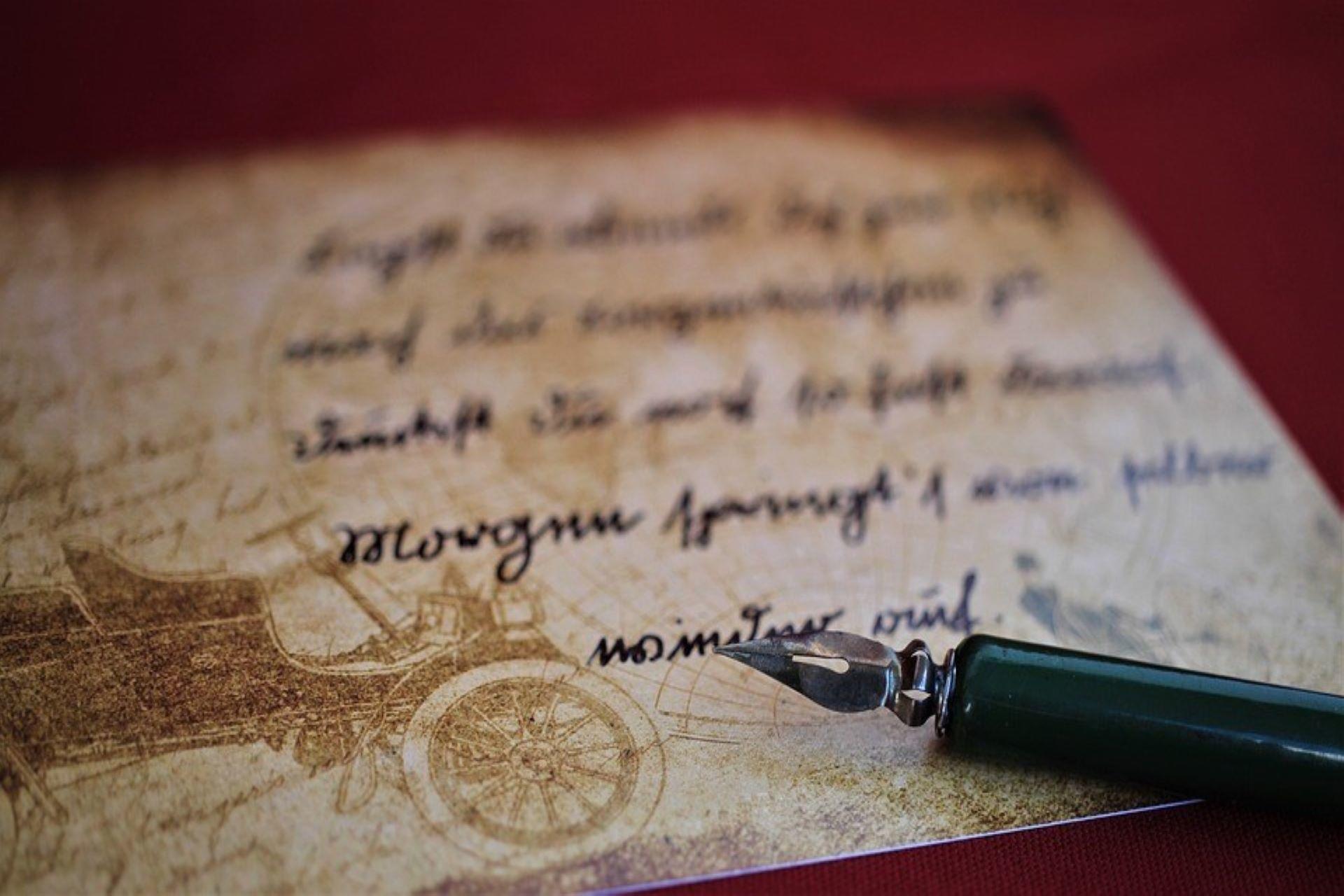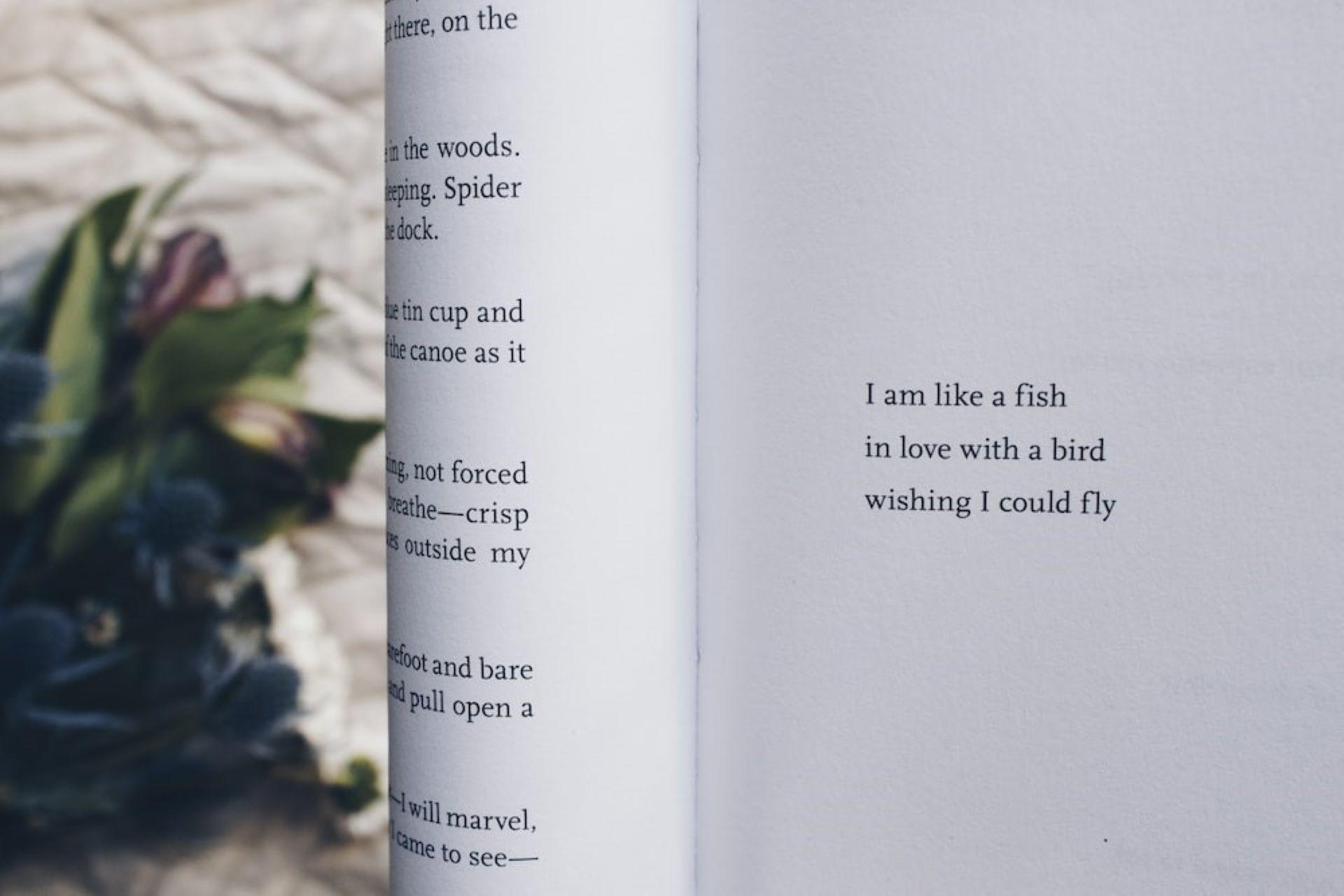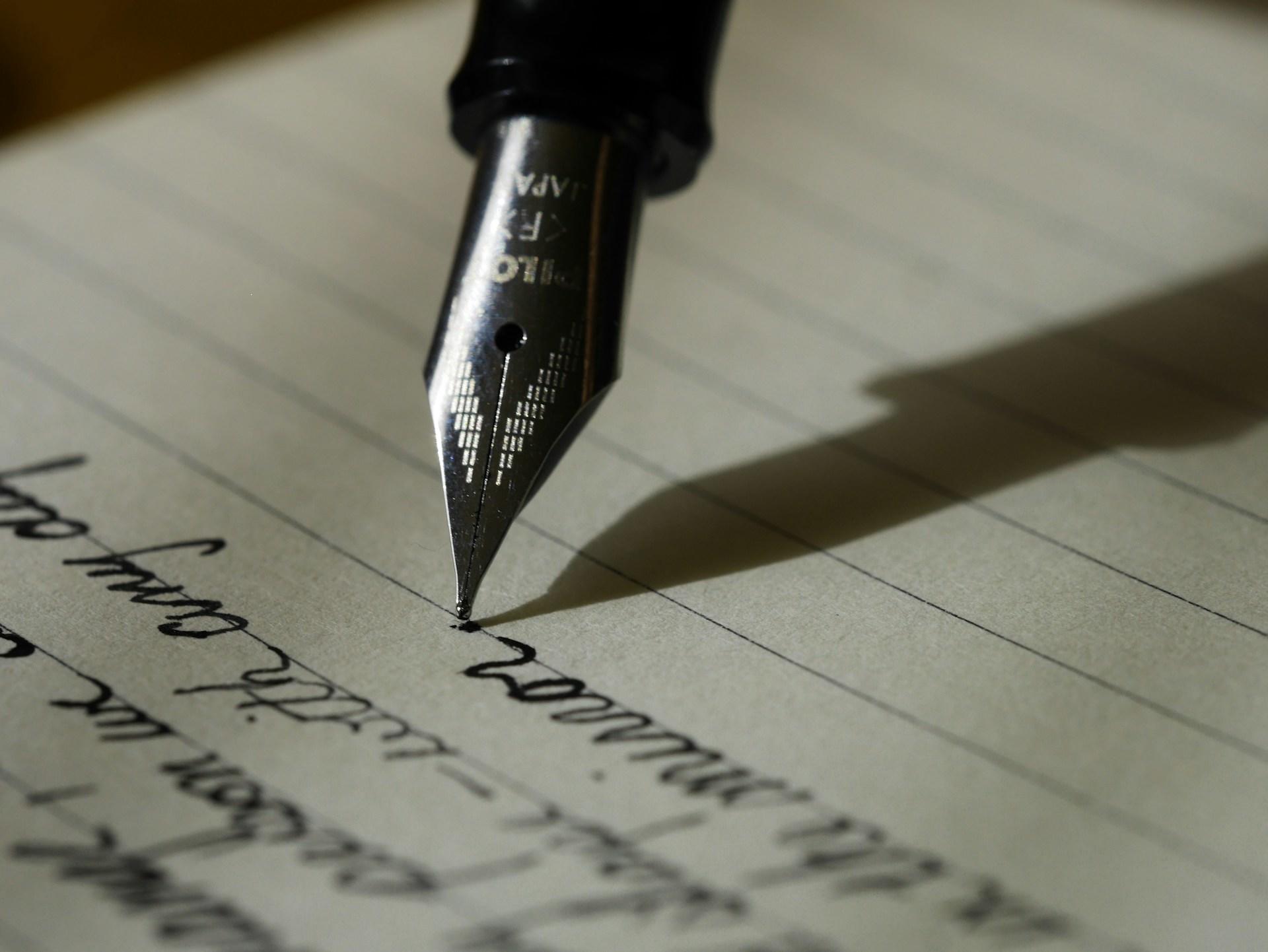If you're someone who doesn't like poetry, then there is a possibility that you haven't come across one that resonates with you. The great thing about poetry is that it can shed light on the feelings we haven't explored ourselves first, but we realize they exist once we read something relatable. It's like sharing an emotion with someone on a deeper level whom you have never met before.
It is not necessary that one particular form of poetry connects with everyone; different types may work differently for you. Every type has a specific style and its own uniqueness. One such kind is haiku, which is quite famous for its different styles.
Let's continue learning about haiku and the various rules and elements necessary to write one.

What Is a Haiku
Haiku is an ancient Japanese form of poetry that dates back to the 16th century. It has become famous for its unique style, where you don't have to rhyme, and the poem follows a format of the same number of syllables in a three-line format:
- the first line is five syllables
- the second line is seven syllables
- the third line is five syllables
Haiku was initially meant to be dedicated to the subjects like nature, describing a moment in time.
The main element of a haiku is keeping it as precise and meaningful as possible. With the limited syllables, the message and sentiments should be conveyed masterfully.
Haiku gained its real recognition around the 17th – 18th century when Matsuo Bashō developed the structure of a haiku (or hokku) into a highly sophisticated and mindful technique. Basho's verses were relatable to a broad spectrum of Japanese culture, and due to his poems' widespread appeal, the form became the most well-liked one in Japanese poetry.
Haiku gained popularity in the west during the 20th century after World War II. It was so much that people started translating and creating haikus in their languages.
How Is Haiku Different From Other Poems
The first thing that sets haiku apart from other forms of poems is its unique style. A form of poetry that doesn't rhyme and is short and impactful. The elements of Kireji and Kigo are a significant part of Japanese haiku.
Doesn't Needs to Rhyme
Is Short and Impactful
Elements of Kireji & Kigo
What Is the Format of a Haiku?
Haiku, unlike many other forms of poetry, is actually quite straightforward when it comes to formatting. Let's take a look at some of the haiku poem rules you must keep in mind.
- There must be three lines in a haiku.
- The first line must have five syllables
- The second line must have seven, and the third line
- Again, five syllables
The lines don't need to rhyme. However, the format of haiku requires a Kireji. Practically a Kireji does not have a meaning in English, but they are used as the cutting word in haiku. Think of it as a form of punctuation.
Haiku is a form of poetry dedicated to nature. It is a word for referring to every season with a particular word. The next step consists of a kigo. This is typically a linked verse that helps form a haiku. With the use of a kigo, you can indicate the season referred to in your haiku's stanza.
Haiku may seem the simplest form of poetry, but structuring it can be difficult. You must carefully choose each word with depth, meaning, and impact. However, learning haiku and structuring it can be an equally fun process.
Once you know the structure of haiku, all you need is practice and research. Additionally, a few simple guidelines can help you improve more quickly.


Steps to Writing a Haiku
If you're just starting out as a haiku poet, you might want to keep a few simple rules in mind! These could be as simple as getting your thoughts straight to revising your work.
Brainstorming
Coming up with an idea to build your haiku on is half the battle. Sometimes you may not have a clue of where to begin or what you should start with. The struggle is just as tough when you have many ideas and need to condense them into a few words.
It is not always necessary to write a haiku about nature or put a seasonal reference. Depending on your subject, different words can play the role of kigo and kireji.

Stop Focusing on Perfecting It Already
Writing is subjective, and everyone has a different way with words. You could successfully convey your feelings in the first attempt, or it could take more than one attempt. The point is, no matter which category you fall in, don't always trust the draft you come up with. You may find a better arrangement later when you read it.
Writing a haiku, like other poetries, requires you to be honest with your thoughts and not follow the clichés. You can make it precise in other attempts but first, explore all the thoughts related to the subject you're writing the haiku about.
A Haiku Does Not Need to Rhyme but Needs a Flow
Give yourself leeway to experiment with words whether or not you're using the five-seven-five pattern. Hear first how words sound together and gather them by the number of syllables they have.
Check the words that seem to flow naturally and keep the beat of your haiku. The more you try this practice, the better. You will eventually find the right word for each thought and line.
Review and Revise Your Haiku
No matter how perfect a piece may seem at first, you will always find some more corrections to do the next time you read it. It could be as minor as a word that has to be correctly placed. You could even spot words that are superfluous or stronger ones that fit the situation better.
Writing a haiku is a simple but challenging task at the same time, but if you love writing or reading poetry, you are going to enjoy it immensely. At Superprof, you can find the right tutor to help you improve your weaknesses with customized lectures for each student differently.
You can also hire a coach or a professional to guide you with structures, formats of haiku, and other forms of poetries. With their help, you'll be writing moving haiku in no time!

Themes in Haiku
A haiku is either written in a traditional or modern style. It's customary for the poem to concentrate on a fleeting moment and contrast much imagery for dramatic effect in both traditional and modern haiku. Originally haikus were mainly focused on topics such as elements of nature and changing seasons. As time went on, poets started using haiku to explore various subjects.
Famous Haikus
Over the years, this form of Japanese poetry has garnered the love of millions all over the globe. Unsurprisingly, there are quite a few famous pieces of haiku that touch the hearts of many. Here are some of the famous haikus written by various popular writers.
In Kyoto by Matsuo Bashō
In Kyoto,
Hearing the cuckoo,
I long for Kyoto.
A World of Dew by Kobayashi Issa
A world of dew,
And within every dewdrop
A world of struggle.
The Old Pond by Mastuo Bashō
An old silent pond
A frog jumps into the pond-
Splash! Silence again.
Over the Wintry by Natsume Soski
Over the wintry
Forest, winds howl in rage
With no leaves to blow.
Things to Remember When Writing a Haiku
Are you interested in writing your own haiku? To transition from a beginner to an experienced haiku poet, check out these few tips to keep in mind as your begin to write:
Experience the Moment First Before Writing
Before you attempt to write a haiku, remember it comes from a deep place of knowing and being present in the moment. Once you start reading haiku, you will realize it catches little moments that usually go unnoticed. It's like describing a state of meditation, so when it comes to writing a haiku, you need to experience that stillness of the moment. Notice the intensity of the movement of little things around you.
Focus on the Big Idea
Some people may believe a haiku is not very detailed, but it is. You have to be smart enough to choose strong words that provoke thoughts. Once you've found the right words, the reader's subconscious mind will capture the feeling of that particular moment without you having to compose a wordy sentence to do so. This is why haiku is unique from other poems, as it gives you a feeling of being in the moment without using many words.

Learn to Write Haiku with Superprof
Are you passionate about poetry and literature? Do you want to dive deeper into the art of haiku? Visit Superprof to find the perfect tutor for you. With millions of experienced educators offering personalized courses, you'll receive expert guidance tailored to your unique haiku learning needs. Our coaches will help you understand the nuances of haiku, from its historical context to its structural intricacies. Whether you're a beginner or looking to refine your skills, Superprof has the right mentor for you.
Discover the joy of haiku and elevate your poetic expression today!
















